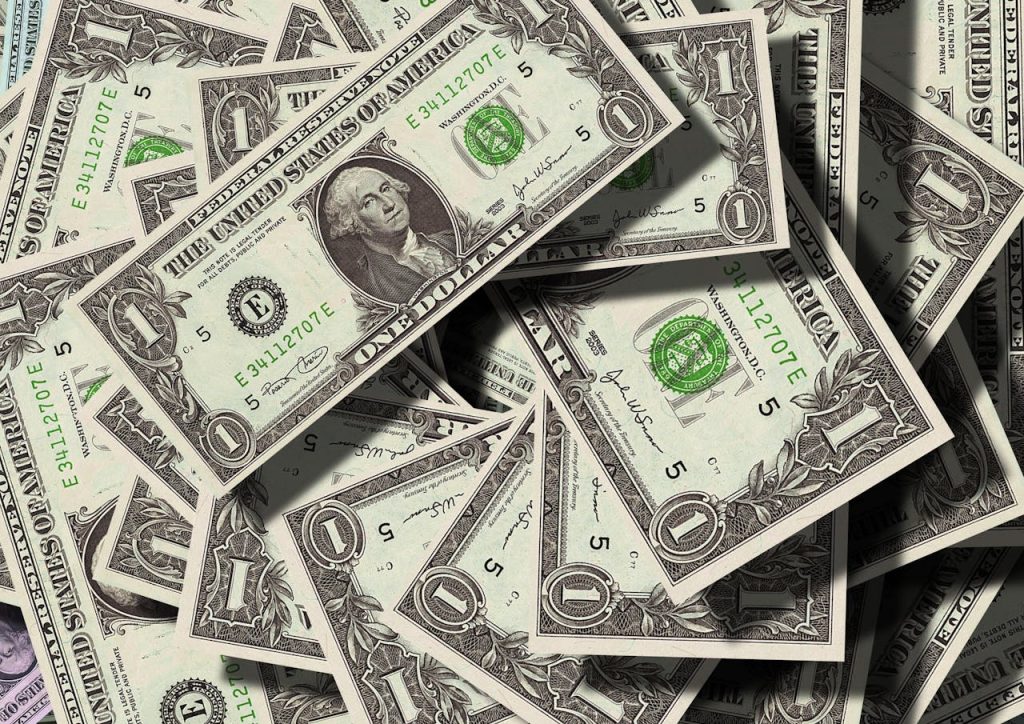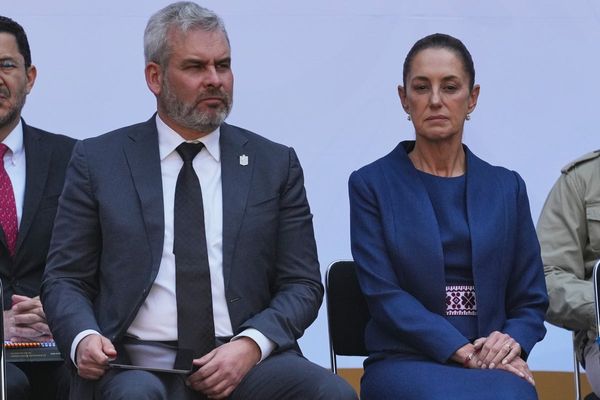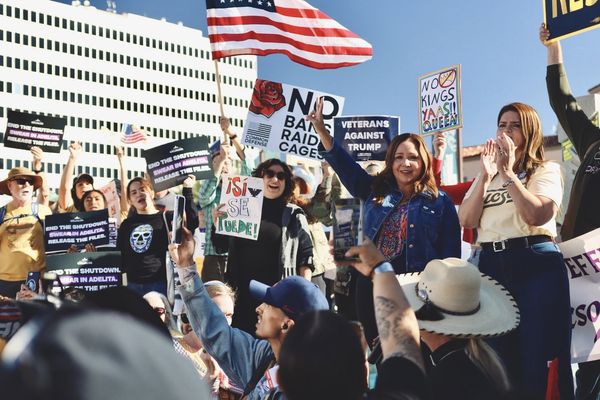
We hear about “a million dollars” all the time. We hear about it in the lottery, in rap songs, or as a life goal. But have you ever stopped to picture what that much money actually looks like in crumpled $1 bills? It’s not a sleek briefcase scene from a movie. In fact, it’s a chaotic, bulky mountain of paper.
How Much Space Does It Take Up?
So, a single $1 bill weighs about 1 gram and is 0.0043 inches thick. One million $1 bills weigh about 2,200 pounds. That’s over a ton and weighs more than the average draft horse. Stacked neatly, they’d reach about 358 feet tall. That’s taller than the Statue of Liberty. Now crumple them. The volume balloons drastically. Depending on how tightly you ball each bill, you’re looking at 600 to 1,000 cubic feet of space, enough to fill an entire bedroom or the back of a moving truck.
Visualize This
Imagine stepping into a storage unit or an empty bedroom, only to find it overflowing with a mountain of soft, wrinkled green paper. The air smells faintly of dust and ink. Thousands of crumpled $1 bills are piled chest-high, spilling out like an avalanche over every corner, tangled and twisted, with no neat stacks or shiny bank bands in sight.
It’s not a neat fortune, it’s a messy, chaotic heap. Think less “vault full of riches” and more paper hoarder’s dream. The bills aren’t crisp or clean, they’re bent, faded, maybe even torn. From a distance, you might mistake the pile for discarded receipts or shredded documents. There’s no sparkle, no gold, no glamor, just bulk. It takes up space, weighs over a ton, and feels surprisingly underwhelming for something worth a million dollars.
And yet, beneath the wrinkles and disarray lies serious power: tuition, a home, years of groceries, or a life-changing investment. It’s a strange contradiction, something that looks like garbage but carries life-altering value. That’s the surreal reality of physical money.
Why It Matters
We romanticize “a million dollars” as sleek and shiny. But in raw form, especially in $1s, it’s unglamorous, heavy, and hard to manage. That contrast is a great reminder that wealth isn’t always what it looks like in the movies. Money, in many ways, is just a construct of society. It only has value because we agree it does. That shared belief is what keeps the economy moving. Paper bills represent the trust we have in governments, banks, and the systems we’ve built. It’s pretty powerful to stand next to a ton of crumpled-up money that would be worthless otherwise.
In the end, a crumpled dollar bill reminds us that money is only as valuable as the meaning we give it. Strip away the form, paper, metal, or pixels, and what’s left is a shared belief. It’s not the cash itself that holds power, but the systems, trust, and decisions behind it. And maybe that’s the most fascinating part of all.
Read More
12 Oddly Expensive Things People Keep Buying Without Question
6 Things DINK Couples Do on Weeknights That Make Everyone Jealous







